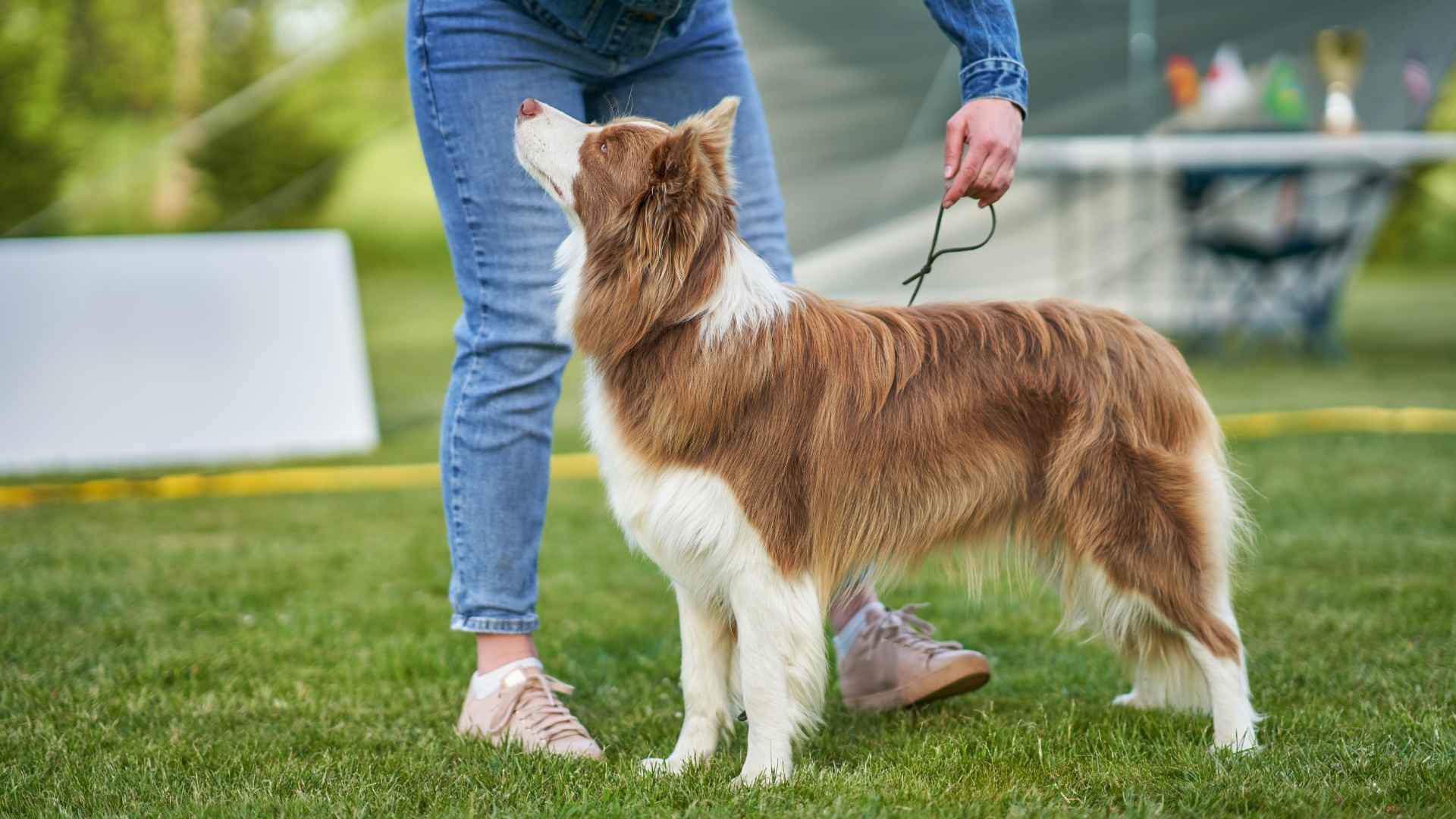From the moment the first AKC-licensed obedience trial launched in 1936—with 200 dogs entered across 18 events—humans have been captivated by the incredible ability of dogs to follow commands under pressure. What this shows is that, even nearly a century ago, certain breeds were already demonstrating exceptional trainability and precision.
Here’s the thing: recent research on canine cognition confirms what seasoned trainers have always known. A landmark survey of obedience judges ranked breeds. Those breeds aren’t just smart—they absorb new commands in as few as five repetitions and obey the first time 85–95% of the time.
That remarkable consistency underlies why they stand out in obedience competitions. You can picture it: handler gives a command, and bam—dog nails it, even when distractions like other dogs or unfamiliar spots are thrown into the mix.
Dog Breeds That Excel At Obedience Trials
Here are the 7 obedient dog breeds:
1. Poodle
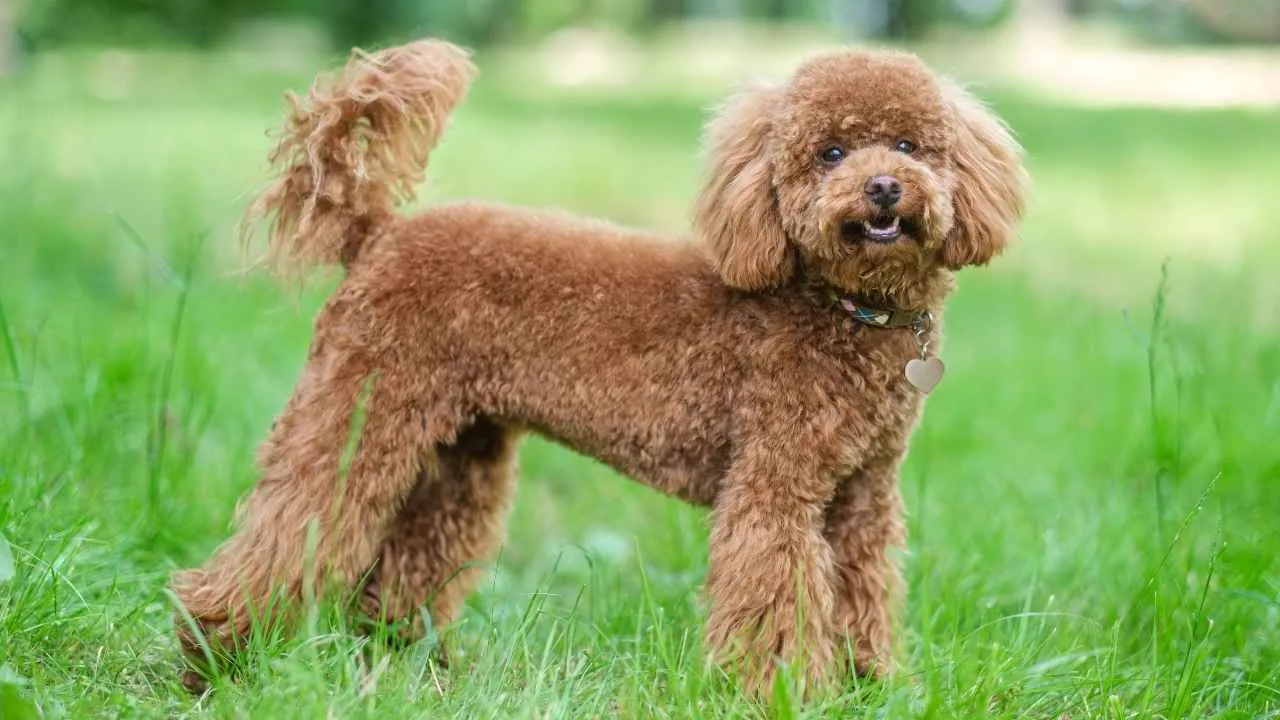
If obedience trials had a royal court, the Poodle would be front and center. Often mistaken for being dainty or delicate thanks to their iconic haircuts, Poodles are one of the most intelligent and highly trainable breeds in the dog world.
Their brains are just as refined as their looks. Whether it’s the Standard, Miniature, or Toy variety, Poodles are known for mastering complex routines with jaw-dropping precision.
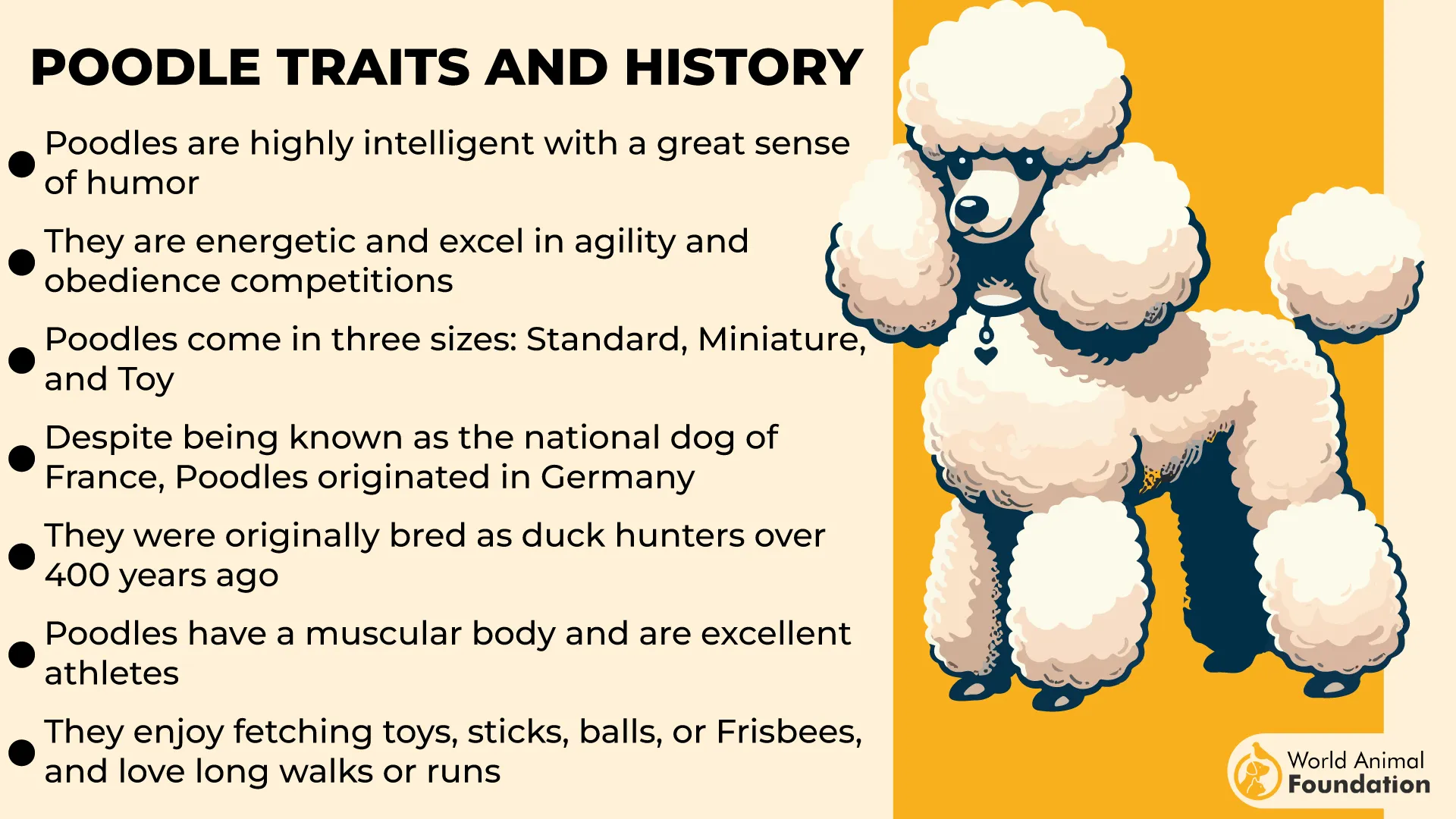
They don’t just learn new tricks—they follow commands with purpose and intent, making them exceptional in both competitive rings and real-world settings like service dogs or therapy work.
Poodles thrive on mental enrichment, and when proper training sessions are built around positive reinforcement, they shine even brighter.
Hypoallergenic coats: They have hair instead of fur, which keeps shedding to a minimum—ideal for allergy-sensitive households.
Circus-level smarts: Their history as circus performers is no surprise—they can juggle (not literally) complex tricks and public attention with ease.
Waterfowl roots: Originally bred for hunting and retrieving in water, they still retain that natural athleticism and strong drive.
Endless hair growth: Their coat never stops growing, so regular grooming is part of the package.
A French icon: Poodles are the national dog of France, a title that fits their elegant yet capable personality.
2. Border Collie
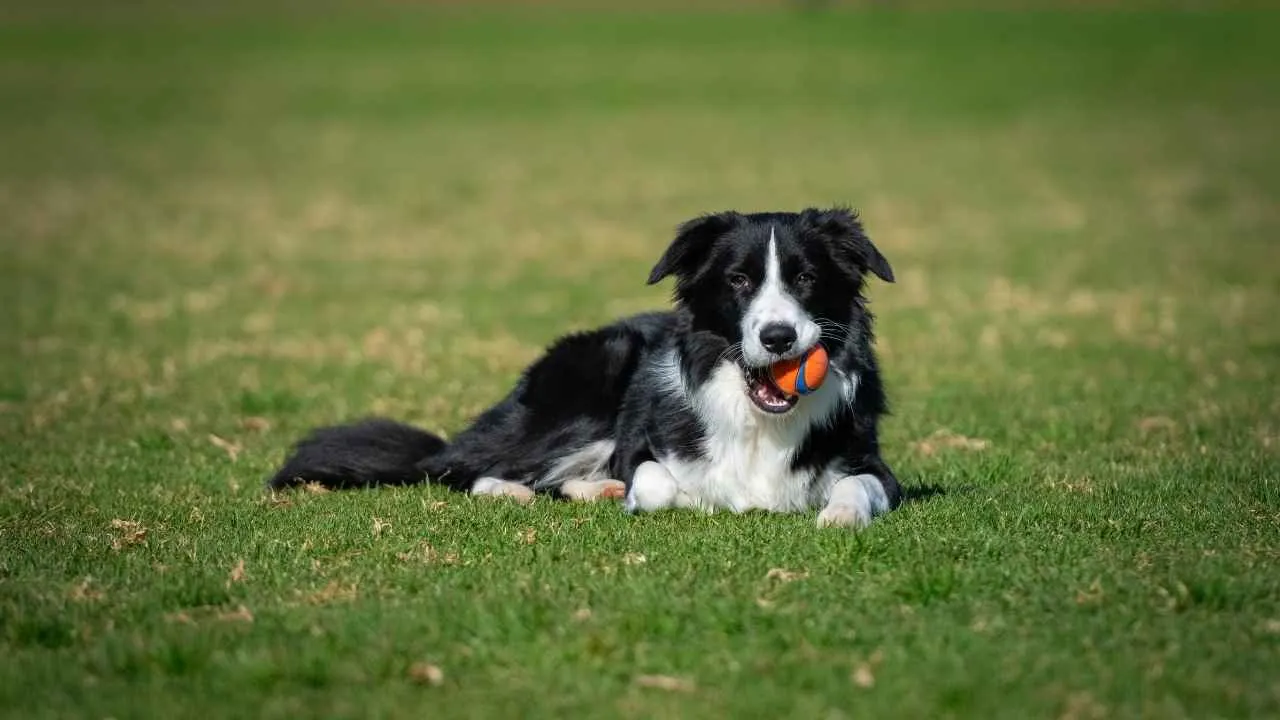
When it comes to obedience, Border Collies aren’t just good—they’re in a league of their own. With lightning-fast reflexes, boundless focus, and an uncanny ability to read human cues, these dogs dominate the obedience ring with ease. They’ve earned their spot among the most obedient dog breeds for one simple reason: they live to learn.
Originally bred as working dogs on sheep farms, Border Collies are wired for precision, purpose, and nonstop mental stimulation. Their minds don’t idle.
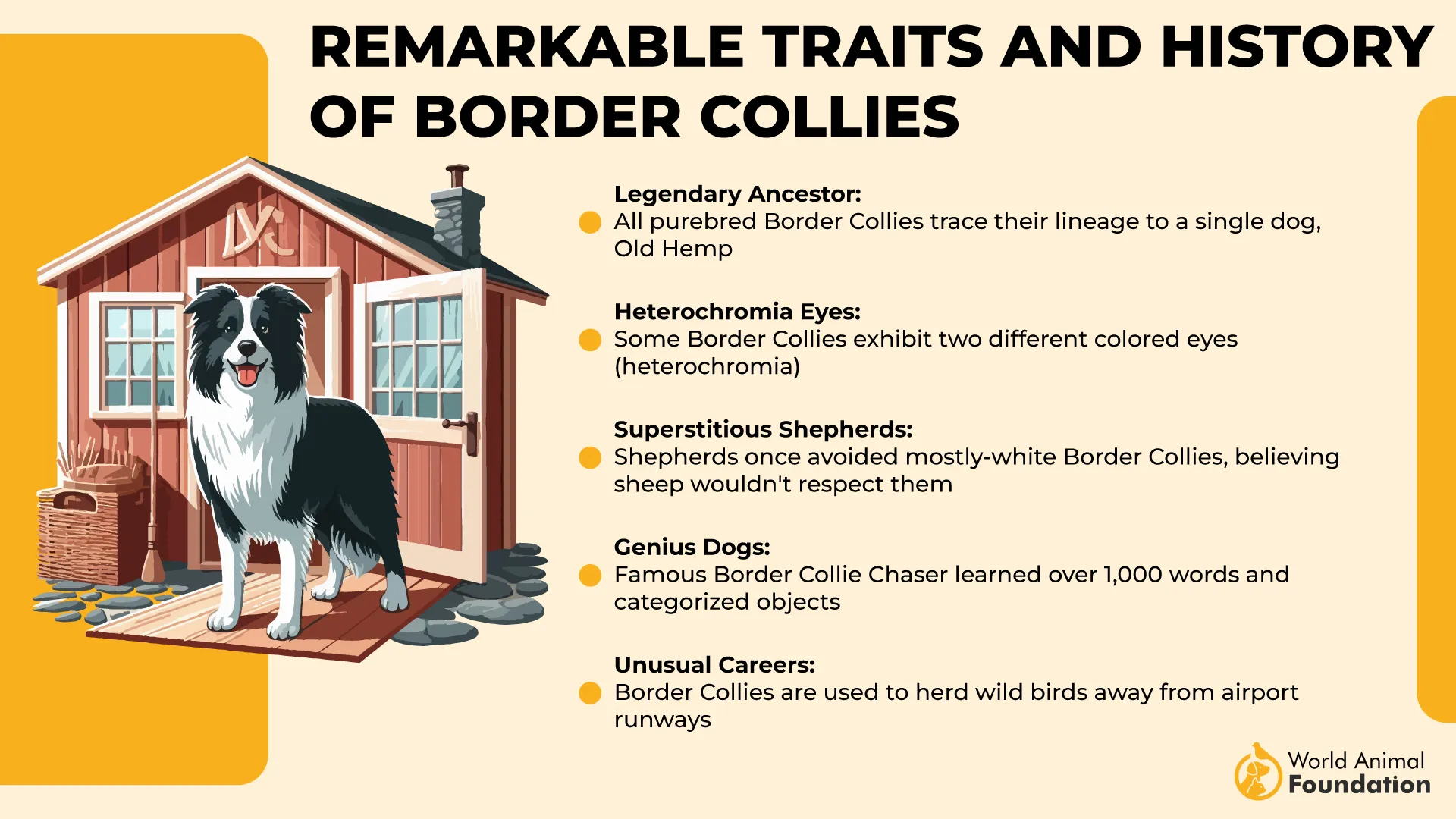
These are dogs that need regular exercise, clear direction, and ongoing challenges to feel fulfilled. One famous Collie, Chaser, understood the names of over 1,000 objects, a testament to the breed’s exceptional memory and mental engagement.
Problem-solving geniuses: Known for finding ways to unlatch gates or escape enclosures—they don’t just follow routines, they analyze them.
Two coat types: Available in rough or smooth coats, both styles are easy to maintain with regular grooming.
Born herders: Their natural herding instincts translate to impressive focus and control during obedience trials.
Insatiable work ethic: These dogs aren’t satisfied without structure, purpose, and a job to do.
3. German Shepherd
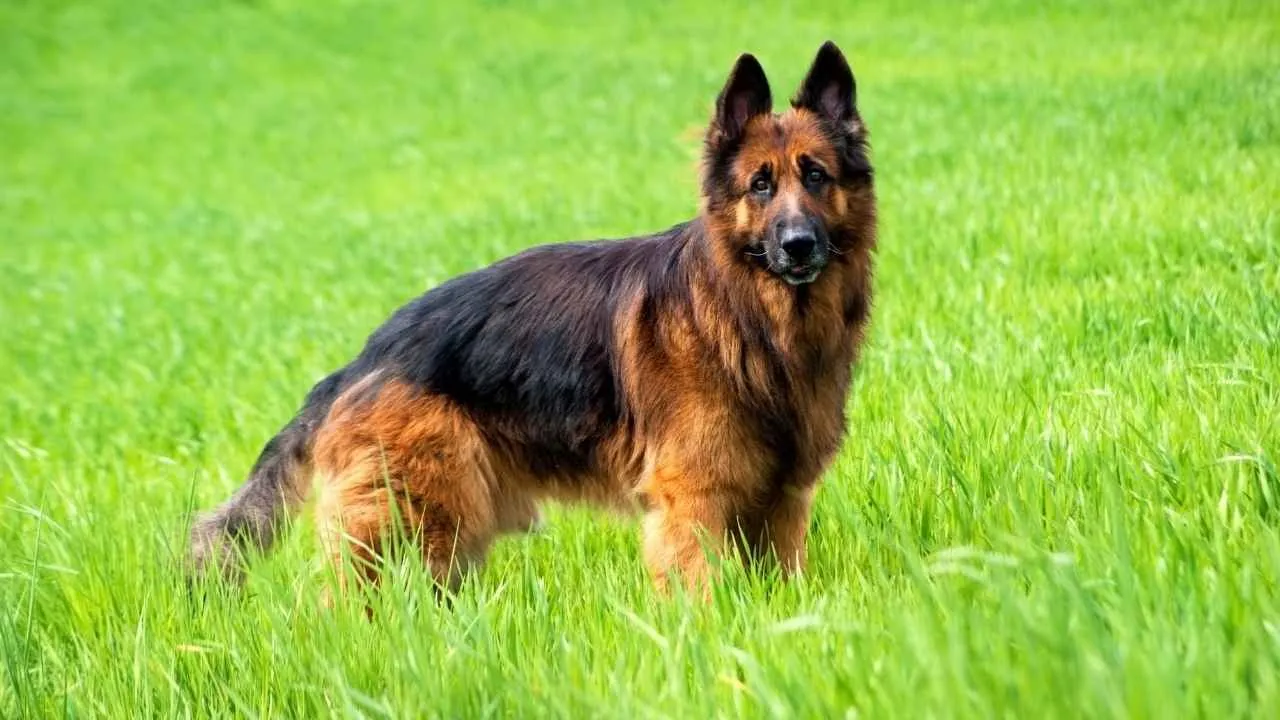
Originally bred for herding and guarding, their instincts have carried over seamlessly into modern roles. Whether they’re assisting in military missions, tracking for police units, or showing off in obedience trials, German Shepherds demonstrate a rare blend of discipline, intelligence, and focus.
What gives them an edge is their high trainability and willingness to form tight bonds with their handlers. They don’t just respond—they anticipate. With the right guidance, they’re capable of learning complex routines, mastering new commands, and remaining calm even in high-stress environments.
Serious shedders: With a thick double coat, they “blow” their fur twice a year—be ready with a brush.
Loyal guardians: Their gentle nature with family contrasts with their natural protective instincts around strangers.
Big-time snorers: Don’t be surprised if their snoring keeps up with yours—it’s part of their charm.
Legendary learners: Their ability to absorb and apply training makes them a gold standard for obedience.
Versatile roles: From service dogs to search-and-rescue, their adaptability is unmatched.
4. Shetland Sheepdog
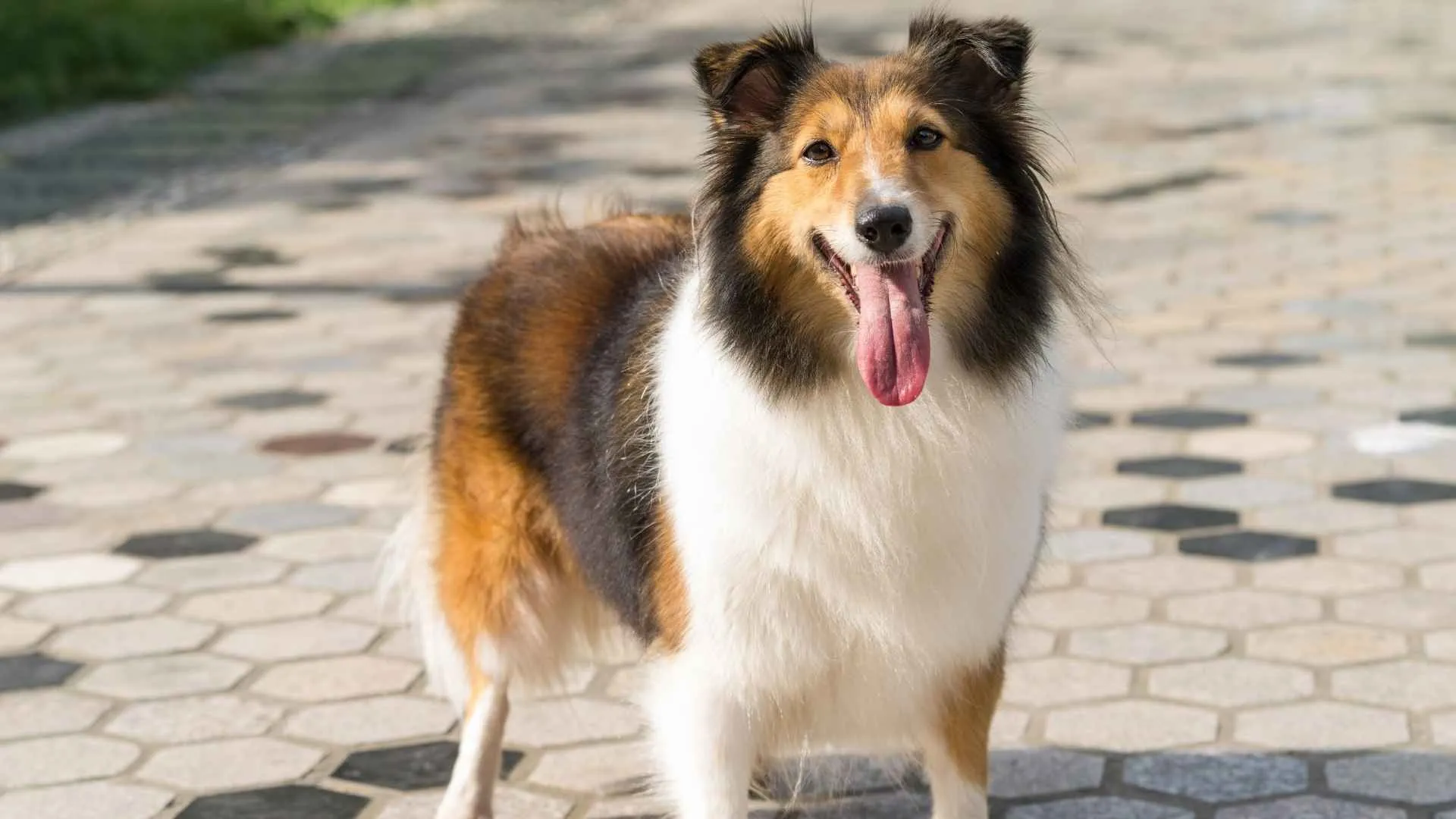
Shetland Sheepdogs, or Shelties, are incredibly intelligent and incredibly tuned in to their humans. This small dog breed thrives on mental engagement and picks up on the tiniest cues, from a tilt of your head to the inflection in your voice.
That level of attentiveness makes them naturals in obedience training, especially ones that rely on synchronization and precision.
Their sharp instincts come from their herding roots. Originally bred to manage livestock on the rugged Shetland Islands, these dogs carry a strong drive to move, think, and anticipate.
While they may be cautious around new people, their playful, affectionate side shines at home, especially when they feel included and mentally stimulated.
Obsessed with motion: They’ll chase leaves, birds, shadows—you name it. This chase instinct keeps them active and alert.
Alert barkers: Shelties are vocal, often acting like a mini home alarm system with opinions on everything.
Creative decorators: If you skip mental enrichment, they’ll invent their projects—like redesigning your couch cushions.
Ultra-soft coats: Their long, plush fur is tailor-made for cuddling—just watch out for shedding.
Naturally responsive: Shelties are highly responsive to body language, making training fun and intuitive.
5. Doberman Pinscher
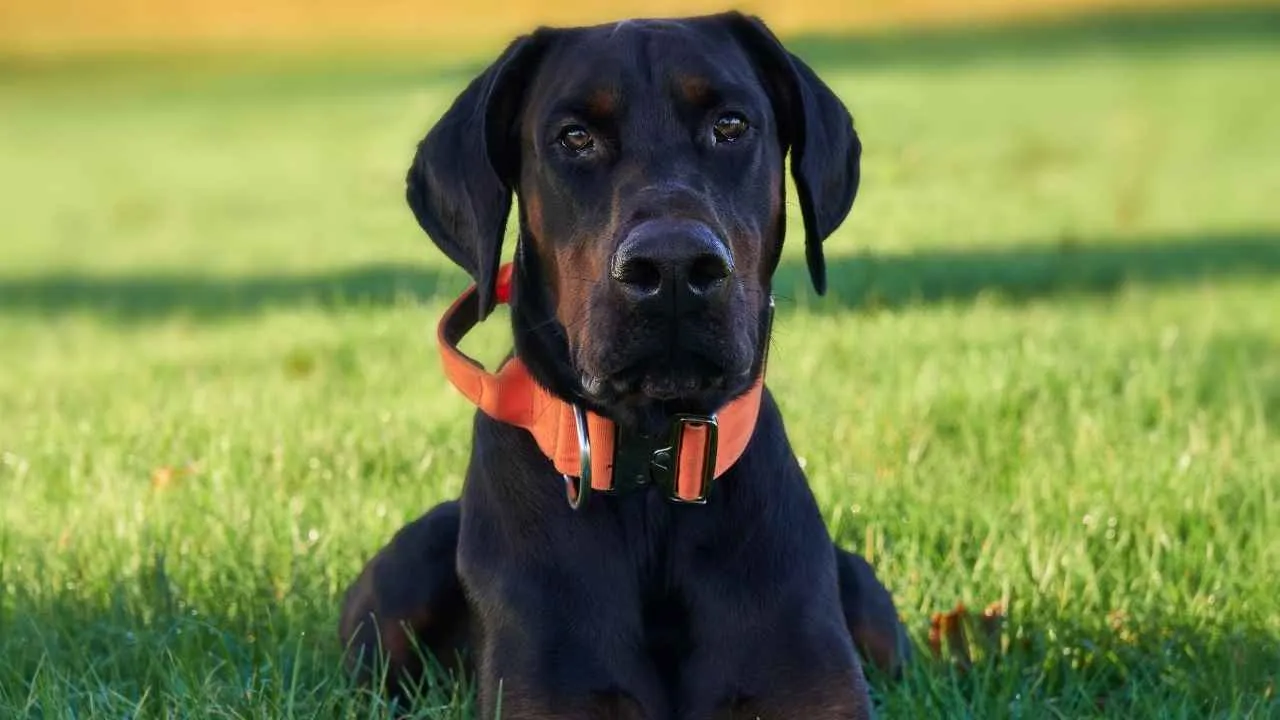
The Doberman Pinscher often gets pegged as the tough guy of the dog world, but there’s way more beneath that sleek, muscular exterior. Known for their exceptional trainability.
Their loyalty is unmatched, and once bonded, they’ll stick to you like Velcro. These large dogs are known to climb into laps like oversized babies, craving attention and affection.
Their athleticism, paired with a strong work ethic and a natural ability to read routines, makes them a force in training sessions, as long as the trainer provides clear communication. Left idle, though, Dobermans can turn into moody drama queens, letting you know (loudly) when they feel ignored.
Big softies at heart: When properly socialized, Dobies are affectionate, snuggly, and sometimes hilariously clingy.
Cold-sensitive: Their short coat and lean frame make them prone to shivering, so sweaters aren’t just fashion—they’re functional.
Natural performers: According to PetMD, with a strong prey drive and mental sharpness, they respond well to structure and purpose.
Theatrics included: If they don’t get their way, expect sulking, sighing, or full-on Doberman-level melodrama.
Born with floppy ears: Their trademark pointed ears are the result of human intervention, not nature.
6. Labrador Retriever
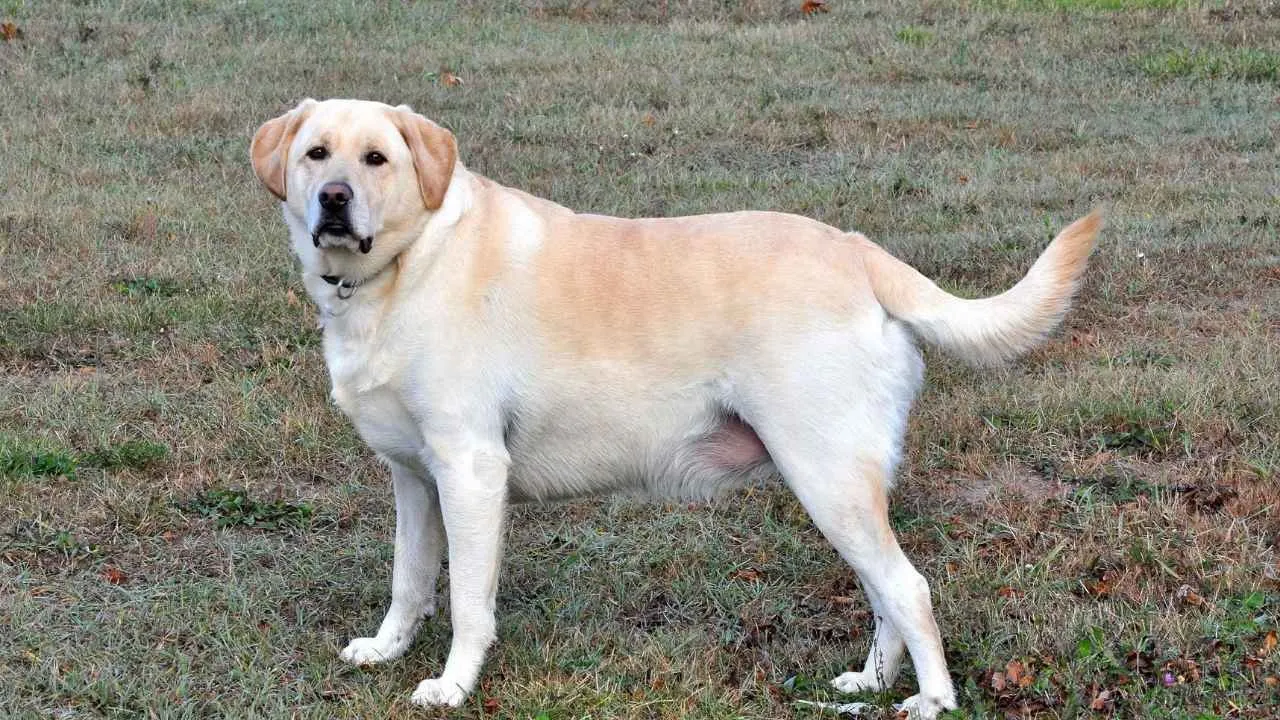
When it comes to obedience competitions, the Labrador Retriever sets the gold standard. This popular dog breed is often praised for its balanced temperament, solid focus, and unmatched desire to please. Labs don’t just follow commands—they anticipate them.
This loyal companion doesn’t just respond to basic commands—it picks up on your mood, your routine, and your expectations. That kind of emotional engagement makes training not just effective, but rewarding on both sides.
Gold standard in obedience: Labs are one of the most highly trainable dogs thanks to their stability, intelligence, and love of learning.
Strong work ethic: Originally bred as working dogs, they bring that heritage into every task, from scent detection to therapy work.
Decorated history: Endal, a British Lab, became the most awarded service dog ever, known for saving his owner’s life multiple times.
Natural chewers: Their energetic mouths, especially as pups, love to gnaw—providing mental enrichment and relief during teething.
Super sniffers: Labs possess one of the sharpest noses in the canine world, often used in protection work, search and rescue, and even medical detection.
7. Australian Shepherd
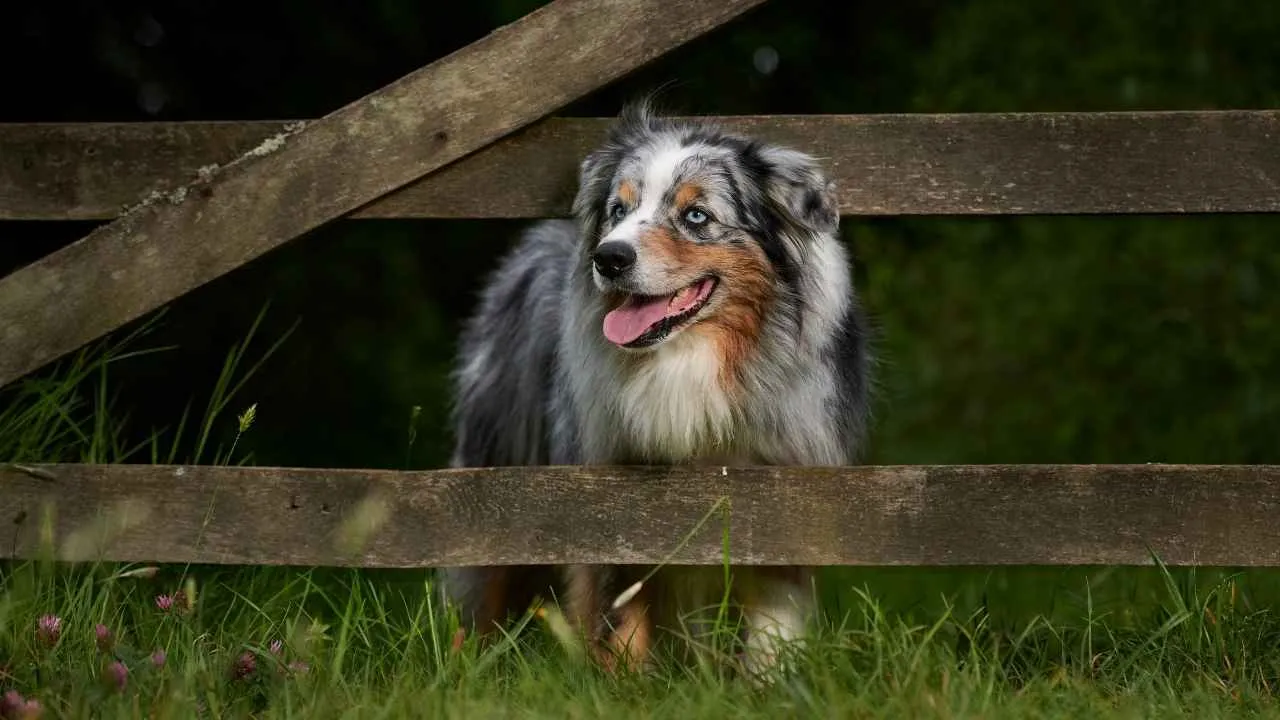
Australian Shepherds aren’t just quick on their feet—they’re quick between the ears, too. Their reputation in obedience trials is built on three things: speed, smarts, and spirit.
These dogs don’t just follow commands—they anticipate them, often reacting to the subtlest gestures or cues with lightning-fast accuracy.
They don’t lose focus easily and thrive in fast-paced environments where there’s plenty to do and even more to figure out. Their ability to balance mental alertness with physical stamina is what sets them apart from the pack.
Sacred “ghost eyes”: Their striking light or heterochromatic eyes earned them spiritual significance among Native American tribes, who saw them as mystical.
Full-body excitement: Aussies don’t wag—they wiggle. When thrilled, their entire rear ends shimmy with joy, often more animated than their (sometimes absent) tails.
Born short-tailed: Many are naturally bobtailed, a feature that boosts agility and adds to their signature silhouette.
Playful herders: That herding instinct doesn’t switch off. Expect them to corral children, other pets, or even guests with gentle nudges and strategic circling
Conclusion
They’re about communication, patience, and trust. The dogs that rise to the top do so not just because they’re smart, but because they’re driven, attentive, and genuinely want to work with their humans. Their ability to perform with consistency, confidence, and joy speaks volumes about their nature.
Some are natural-born performers, others thrive on structure and challenge. But they all share a clear trait: a desire to understand and respond. It’s about the silent rhythm between an intelligent breed and their person—moving together, thinking together, thriving together.


